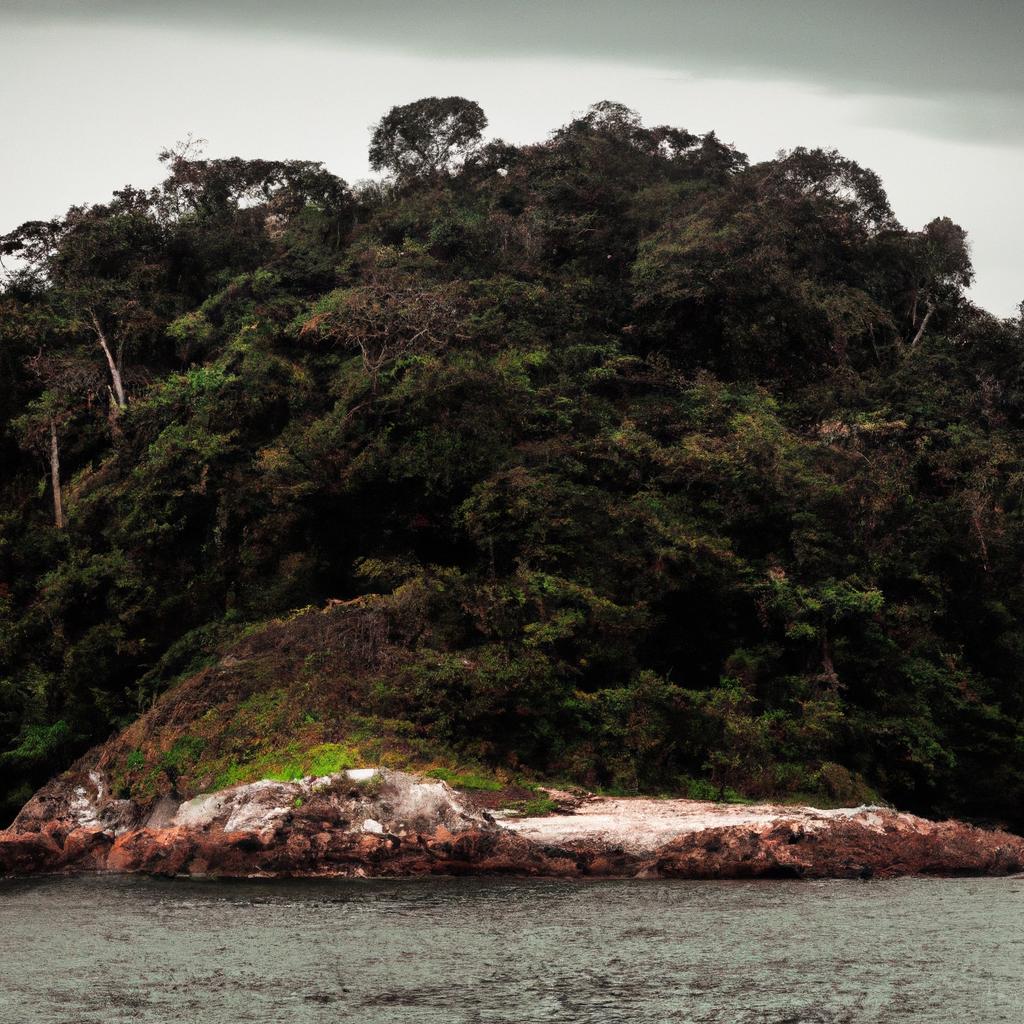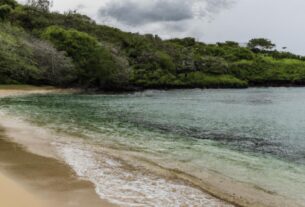Have you ever been intrigued by the allure of forbidden islands? These captivating and enigmatic places have been off-limits to the outside world for various reasons. From uncontacted tribes to hidden military secrets, these islands are surrounded by mystery. Join us as we delve into the forbidden islands, uncover their historical background, and explore the reasons why they remain forbidden.
Definition of Forbidden Islands
Forbidden islands are places that are restricted or prohibited from being accessed by outsiders. These islands are often inaccessible due to their remote locations, treacherous topography, or the presence of uncontacted tribes. Governments and authorities impose restrictions on these islands for ethical, legal, or political reasons.
Historical Background of Forbidden Islands
The historical background of forbidden islands dates back to the colonial era when European explorers set out to discover new lands. They encountered native tribes who lived in isolation without any contact with the outside world. These tribes were often perceived as savages by the European explorers, leading to conflicts and bloodshed as colonization attempts were made.
To protect these uncontacted tribes and their lands from exploitation and invasion, many countries passed laws that prohibited outsiders from accessing the islands. Severe penalties were put in place for those who violated these laws.
Why They Are Forbidden
There are several reasons why these islands remain forbidden. Some of the common reasons include the protection of uncontacted tribes, preservation of the environment, and safeguarding of important military secrets. In some cases, these islands may also harbor dangerous wildlife or natural hazards, posing a threat to outsiders.
As we delve deeper into the forbidden islands, we uncover more mysteries and secrets that have remained hidden from the public eye for centuries. So, let’s embark on this journey to the forbidden world that lies beyond our reach.
The Most Notorious Forbidden Islands
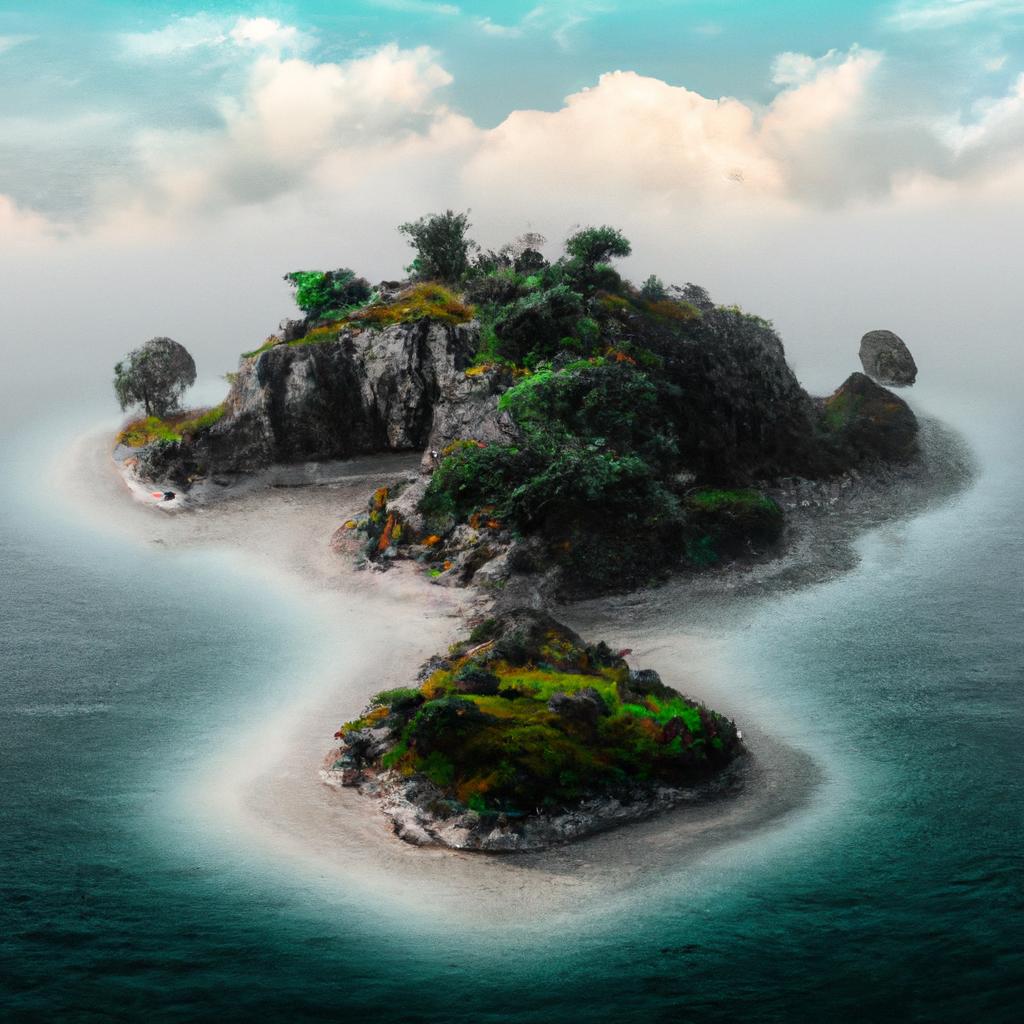
Have you ever wondered what lies beyond the boundaries of these forbidden islands? In this section, we will explore some of the most notorious forbidden islands around the world that have been off-limits for decades.
North Sentinel Island
North Sentinel Island is located in the Bay of Bengal and is home to the Sentinelese tribe, one of the last uncontacted tribes in the world. The Indian government has imposed a strict ban on visiting the island due to the tribe’s hostility towards outsiders. In 2018, an American missionary was tragically killed by the tribe when he attempted to visit the island illegally.
Sable Island
Sable Island is situated off the coast of Nova Scotia, Canada. It is renowned for its wild horses, shipwrecks, and sand dunes. The Canadian government protects the island, allowing only a limited number of researchers and scientists to visit.
Diego Garcia
Located in the Indian Ocean, Diego Garcia is a small island that houses a military base operated by the United States and the United Kingdom. The island has a controversial history due to the forced removal of the Chagossian people by the British government in the 1960s and 1970s to make way for the military base.
Gruinard Island
Off the coast of Scotland lies Gruinard Island, which was used by the British government for biological weapons testing during World War II. The island was contaminated with anthrax spores, rendering it uninhabitable for decades. In recent years, the island has been decontaminated, but public access remains forbidden.
Hashima Island
Hashima Island, off the coast of Nagasaki, Japan, was once home to a coal mining community in the early 20th century. Abandoned in the 1970s, the island has become a popular tourist destination. However, due to safety concerns, the Japanese government has imposed a ban on visiting the island.
These are just a few examples of the most notorious forbidden islands that have remained off-limits to the public. Despite the restrictions, these islands continue to fascinate and intrigue us with their mysteries and secrets.
The Mysteries Surrounding Forbidden Islands
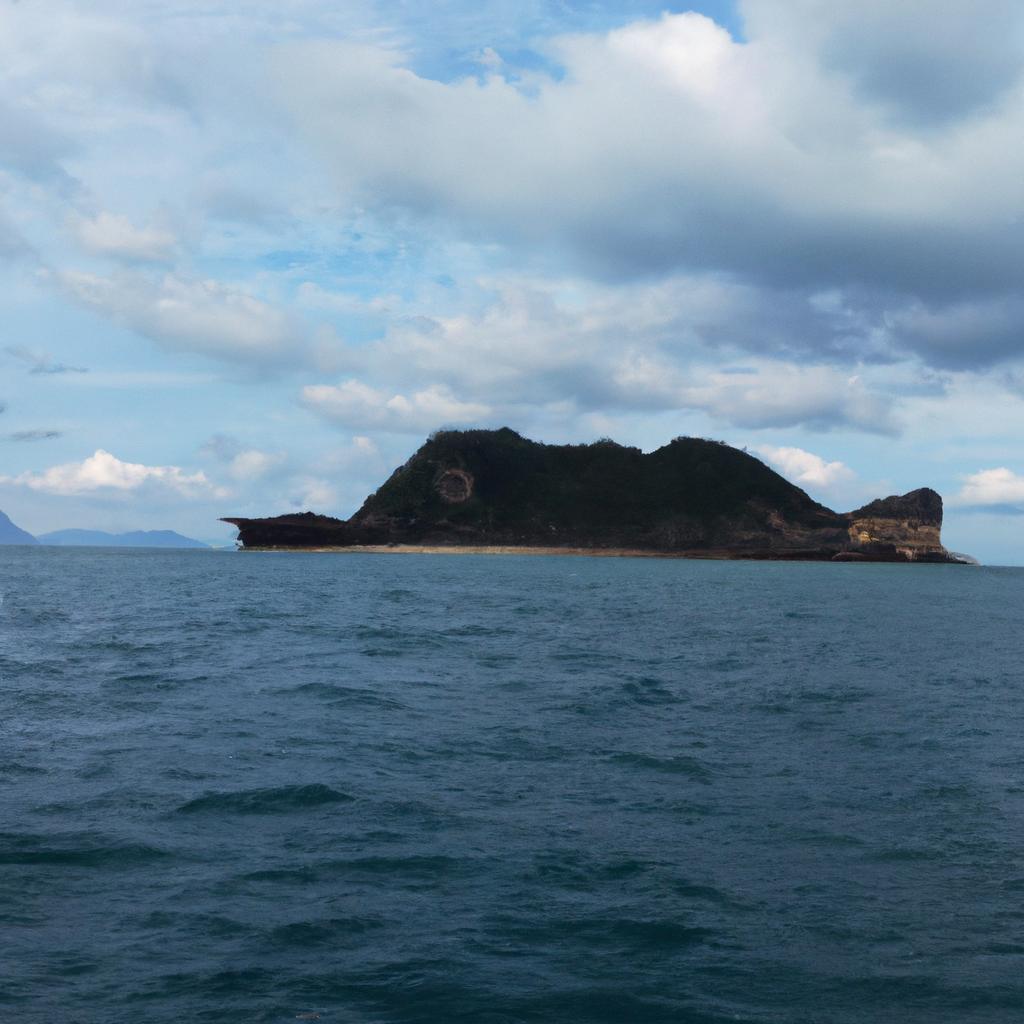
Forbidden islands have always been shrouded in mystery and intrigue, leaving numerous questions unanswered. From uncontacted tribes to haunted stories, these islands possess a wealth of secrets that have remained hidden from the world. Let’s explore some of the most fascinating mysteries surrounding the forbidden islands.
Uncontacted Tribes
One of the primary reasons why these islands remain forbidden is the protection of uncontacted tribes who have lived in isolation for centuries. These tribes have no contact with the outside world and maintain their unique cultures and traditions. They are often vulnerable to diseases and exploitation, making it essential to safeguard their lands from outsiders.
Haunted Stories
Many forbidden islands have acquired a reputation for being haunted, with spooky tales passed down through generations. From ghostly apparitions to strange noises and unexplained phenomena, these stories, though folklore, enhance the mystique and allure of these islands.
Military Secrets
Some forbidden islands serve military purposes, and their secrets are closely guarded by authorities. These islands may contain underground bunkers, secret weapons, or classified information meant only for select individuals. The presence of military forces on these islands adds an extra layer of secrecy and mystique.
Environmental Hazards
Many forbidden islands possess delicate ecosystems that require protection from human interference. These islands may be home to endangered species, unique flora and fauna, or possess sensitive environmental conditions that demand strict conservation efforts. The presence of outsiders can disrupt the fragile balance of these ecosystems, potentially causing irreversible damage.
The mysteries surrounding the forbidden islands are endless, heightening their allure and fascination. However, it is crucial to respect the laws and regulations that protect these islands and their inhabitants. In the next section, we will explore the legal and ethical issues surrounding visits to these forbidden lands.
The Legal and Ethical Issues of Visiting Forbidden Islands
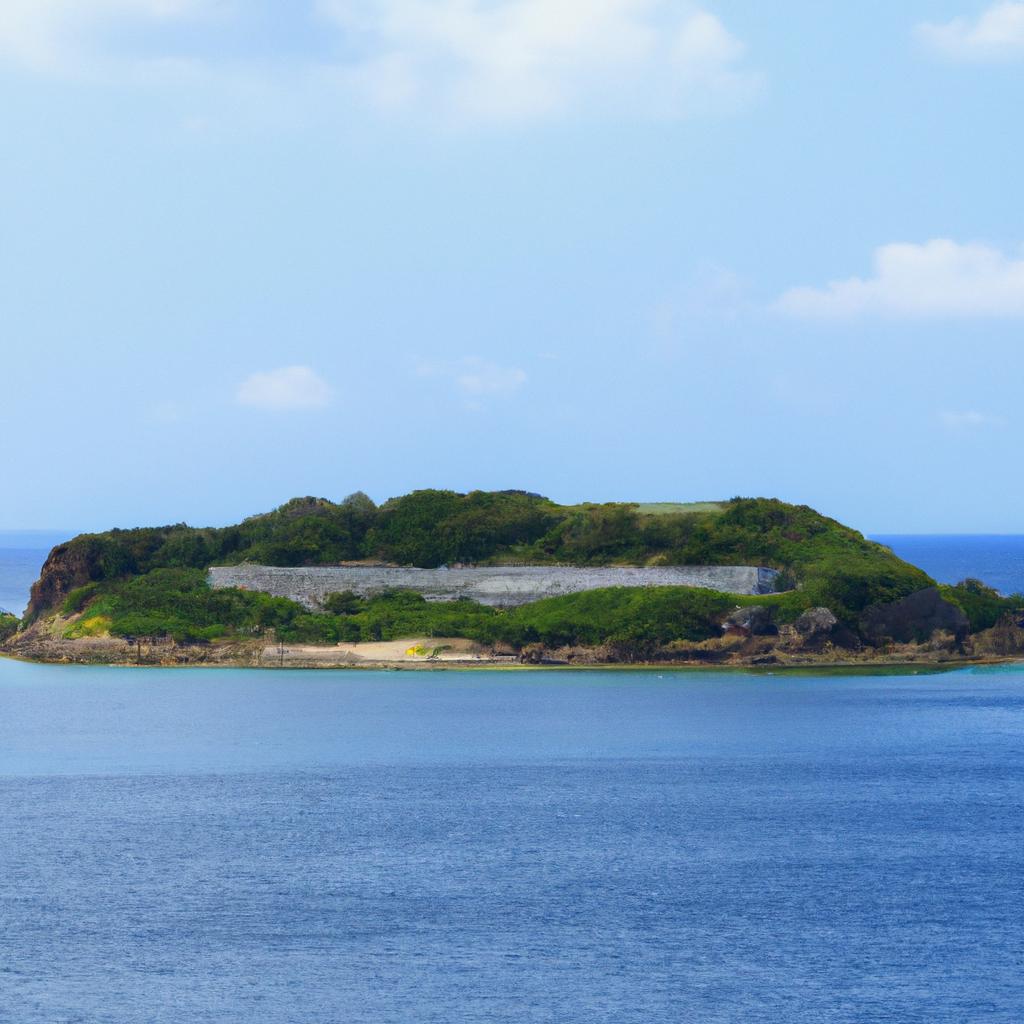
Visiting forbidden islands may seem enticing, but it carries severe legal and ethical consequences. International laws and regulations exist to protect uncontacted tribes, preserve the environment, and safeguard important military secrets.
International Laws and Regulations
Various international laws and regulations aim to safeguard the forbidden islands and their inhabitants. The United Nations has passed several resolutions, including the Declaration on the Rights of Indigenous Peoples, which recognizes the rights of indigenous people to their lands, territories, and resources.
Additionally, the International Labour Organization has established standards to protect the rights of indigenous and tribal peoples, including their right to maintain their cultural identities, protect their lands, and benefit from their natural resources.
Ethical Considerations
Apart from legal consequences, visiting forbidden islands raises ethical considerations. Preserving the cultural identity and autonomy of uncontacted tribes is of utmost importance. Respecting their right to self-determination and avoiding any contact that may harm them is essential.
Visiting forbidden islands can also have negative environmental impacts, leading to habitat destruction and disruption of delicate ecosystems.
Consequences of Illegal Visits
Illegal visits to forbidden islands can result in imprisonment, fines, and deportation. Violators may face legal action in both their home country and the country where the violation occurred.
Moreover, illegal visits can have long-term consequences for uncontacted tribes, including the spread of diseases, cultural erosion, and loss of traditional knowledge.
In conclusion, visiting forbidden islands may hold a temptation, but it is crucial to respect the laws and regulations in place to protect these enigmatic places and their inhabitants. As responsible global citizens, we must prioritize the preservation of these lands and their cultural heritage for future generations.
The Future of Forbidden Islands
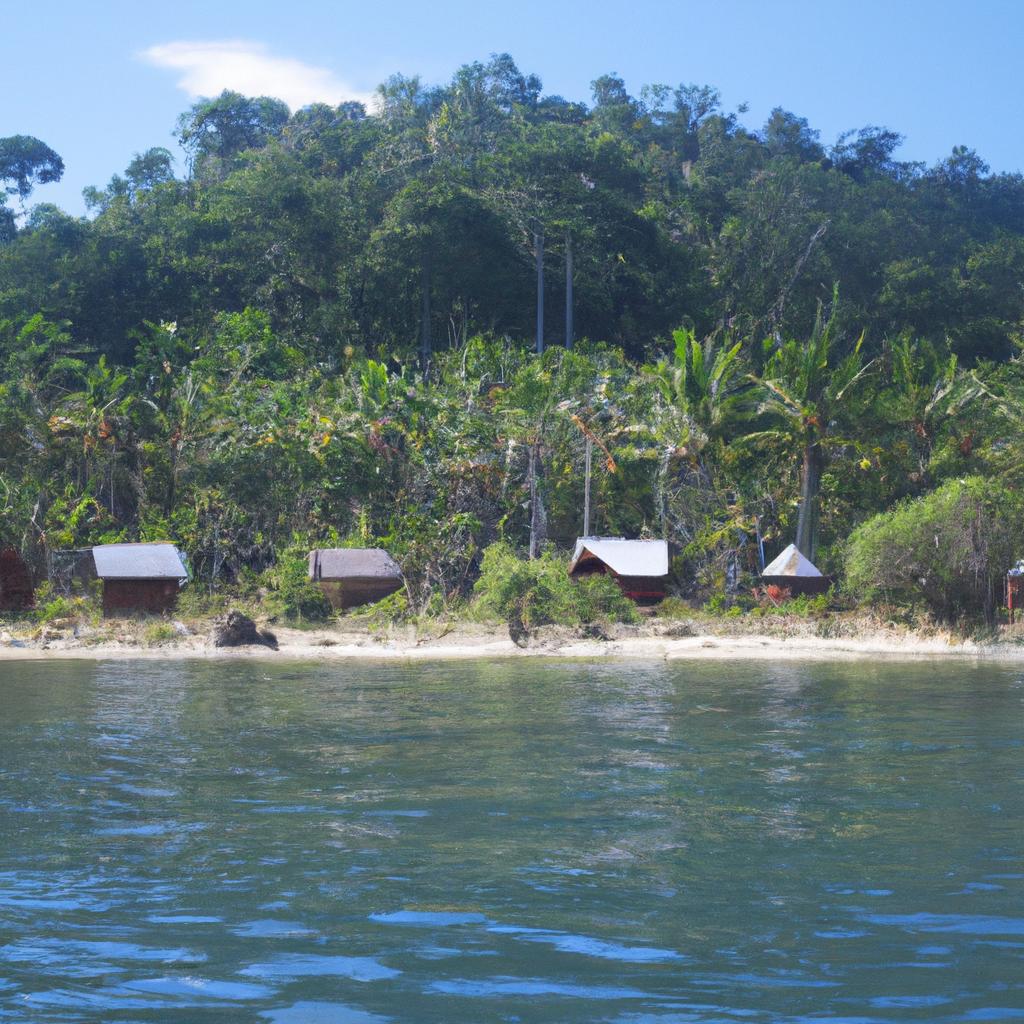
As we learn more about the forbidden islands, it becomes apparent that their preservation and protection are crucial for the planet’s future. In this section, we will explore the future of these mysterious places and their potential for conservation and tourism.
Conservation Efforts
Numerous organizations and governments are working towards the conservation of the forbidden islands. Their efforts include protecting the environment, preserving uncontacted tribes, and ensuring sustainable development. These conservation efforts are vital for the long-term survival of these islands and their inhabitants.
Tourism Potential
While the concept of tourism may seem contradictory for forbidden islands, it can positively impact their conservation and protection. Responsible and sustainable tourism can generate revenue that can be used for the preservation of the islands and their environment. It can also raise awareness about the significance of these islands and their cultural heritage.
Balancing Preservation and Exploration
Preserving the forbidden islands while allowing for exploration and tourism poses a delicate balance. Achieving this balance requires collaboration between governments, organizations, and local communities. The key lies in ensuring that exploration and tourism are undertaken responsibly and sustainably, without causing harm to the fragile ecosystems and cultures of these islands.
In conclusion, the future of the forbidden islands rests upon our collective efforts to protect and preserve them. Through responsible conservation and sustainable tourism, we can ensure that these mysterious and enigmatic places remain a part of our world’s natural and cultural heritage.
Conclusion
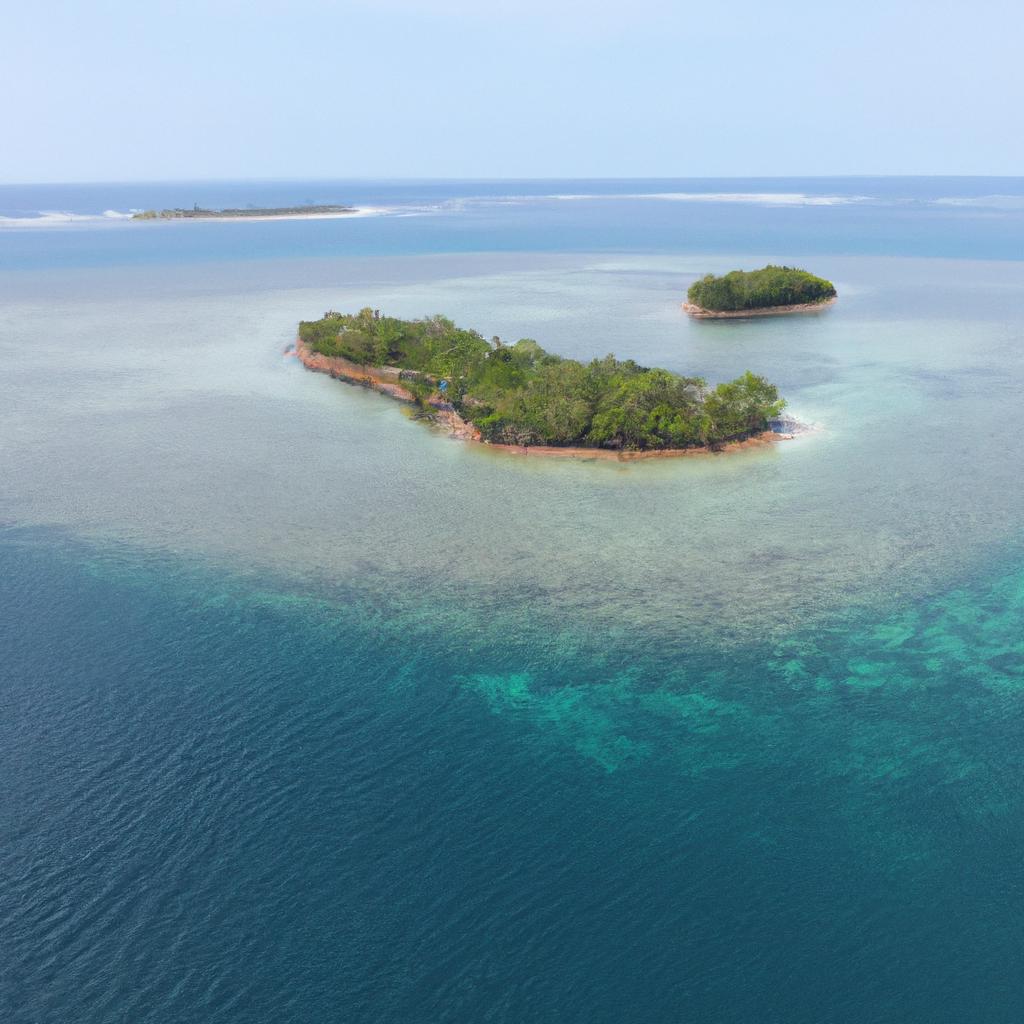
The forbidden islands are a captivating and mysterious world that has captured the imagination of many. From uncontacted tribes to hidden secrets, these islands hold numerous stories and secrets. As we have explored in this article, the forbidden islands have a rich historical background and have been forbidden for various reasons.
Despite their restricted access, many of these islands have become popular tourist destinations in recent years. However, it is crucial to remember the legal and ethical issues surrounding visiting forbidden islands. Tourists must be aware of international laws and regulations and respect the privacy and rights of uncontacted tribes and their habitats.
At TooLacks, we believe in the importance of exploration and preservation of the natural world. While it is essential to explore the forbidden islands and learn more about these mysterious places, we must also take steps to conserve and protect them.
So, as we conclude this article, we hope that we have shed some light on the forbidden islands and their significance. We encourage you to continue exploring and learning about the natural world while always remembering to do so responsibly and with respect for the environment and its inhabitants.
